From the Archives: The 1933 Long Beach earthquake
- Share via
At 5:54 p.m., on March 10, 1933, the Long Beach earthquake struck. About 115 people died. Hundreds of buildings collapsed.
Some 230 school buildings alone around Southern California were destroyed, heavily damaged or judged unsafe to occupy.
In a March 20, 2008, Los Angeles Times article, Molly Hennessy-Fiske reported:
...The great quake of 1933 helped define the region's reputation as "earthquake country." It was the first destructive quake to occur in the region after a period of rapid growth in the early 20th century. The violent shaking traumatized newcomers — many of them transplants from the less seismically active Midwest — and caught government unaware. In the end, the 1933 quake changed the landscape, leading to improved school construction standards and a heightened awareness of earthquake risks.
"It was a very big political event and a very big event in terms of the development of California seismology," said Lucy Jones, a seismologist with the U.S. Geological Survey in Pasadena.
The 1933 quake, which occurred on the 46-mile-long Newport-Inglewood fault, was estimated at magnitude 6.3, far weaker than the estimated 8.3-magnitude earthquake that devastated San Francisco in 1906. …
Had the earthquake struck earlier in the day, the death toll would have been much higher: Among the scores of buildings destroyed were 70 schools. …
California legislators ... reacted swiftly. Within a month of the earthquake, they passed the Field Act, legislation that would become the earthquake's major legacy.
The Field Act required tougher building standards for new schools, from elementary schools through community colleges, and retrofitting for older schools.
As a result, subsequent earthquakes have caused fewer deaths, even compared with other countries with stringent building standards such as Japan, said Richard Little, director of the Keston Institute for Public Finance and Infrastructure Policy at USC. …
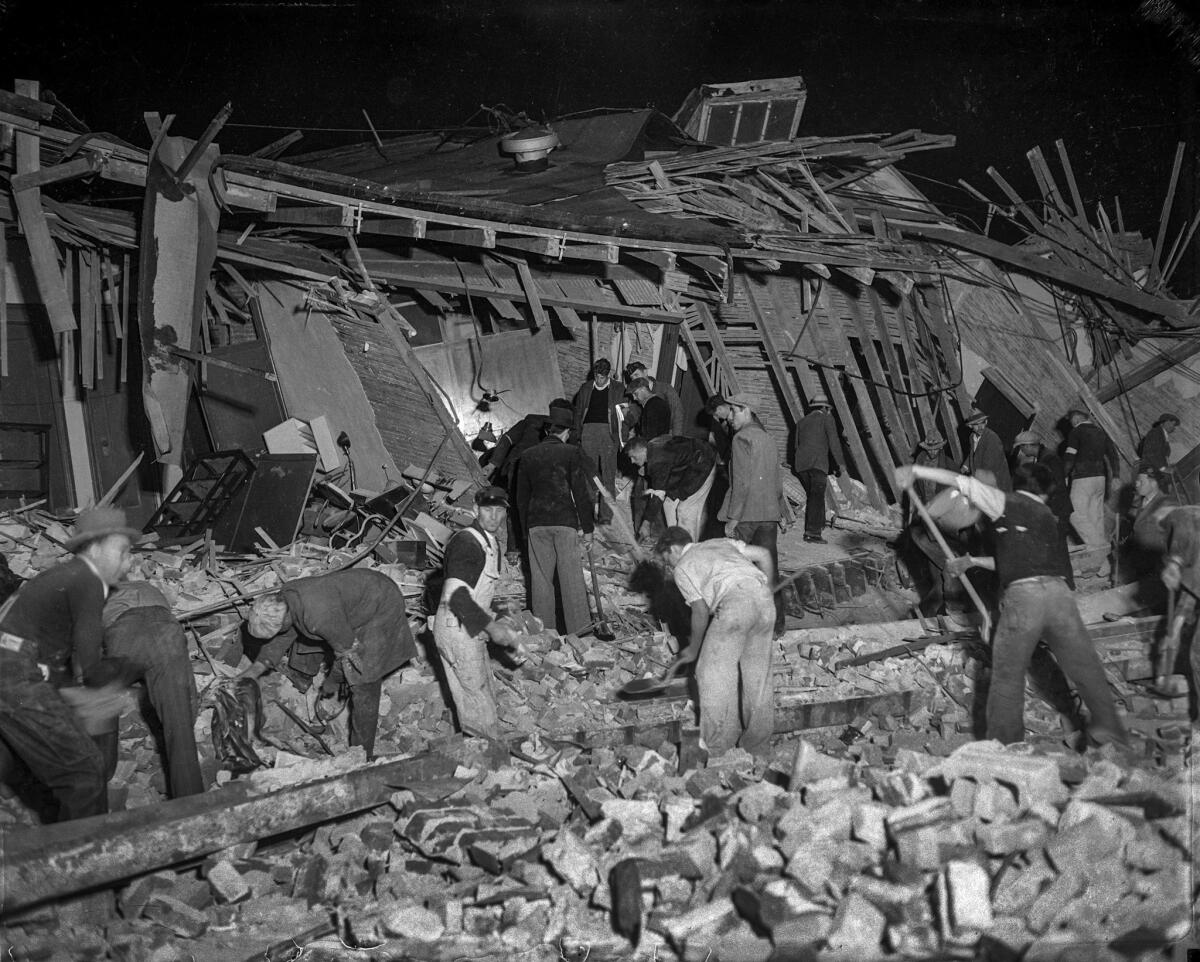
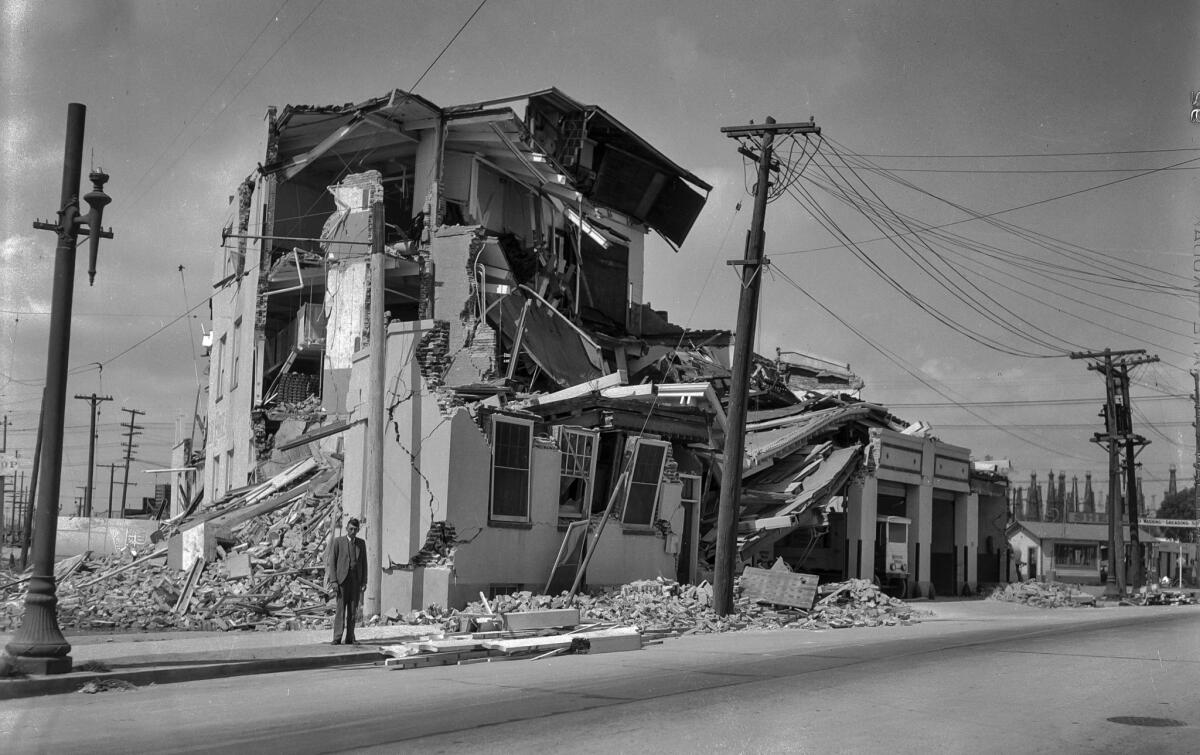
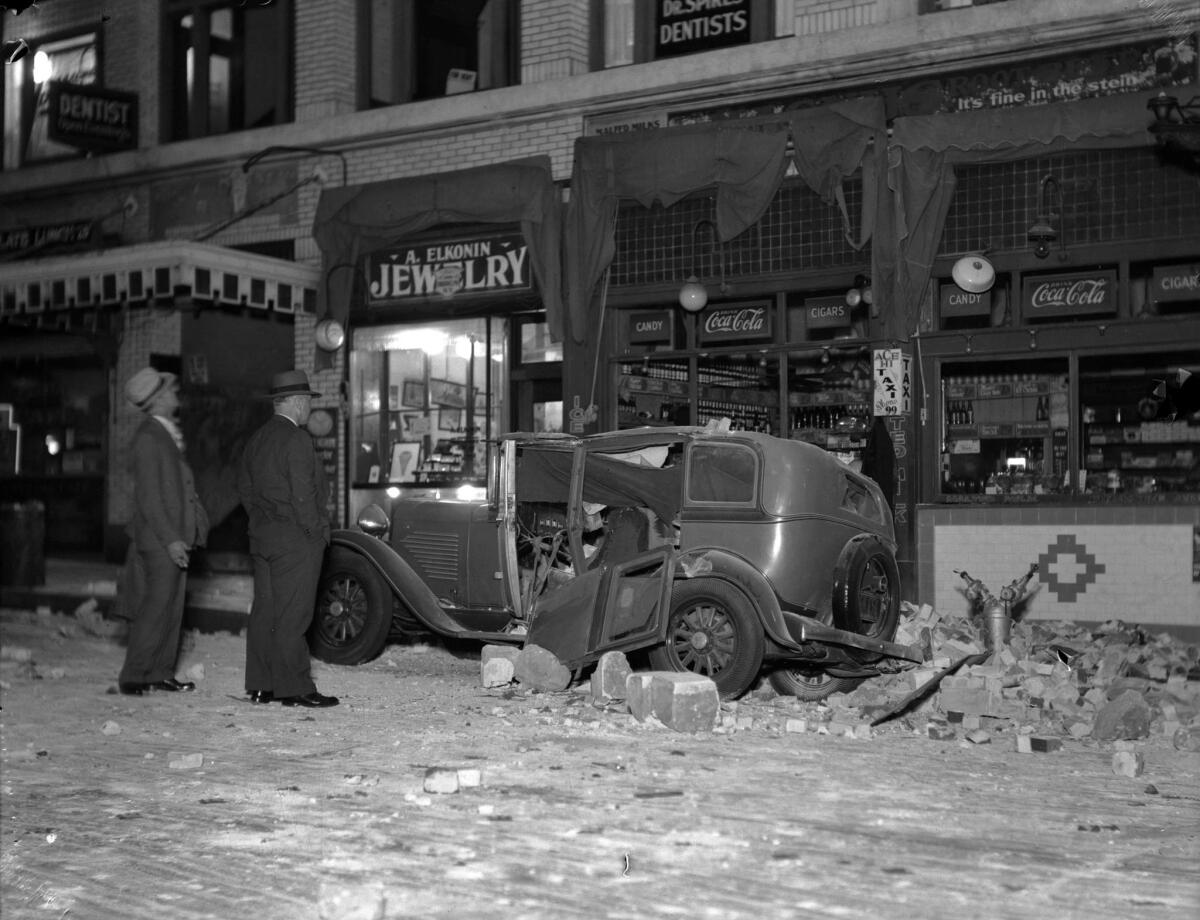
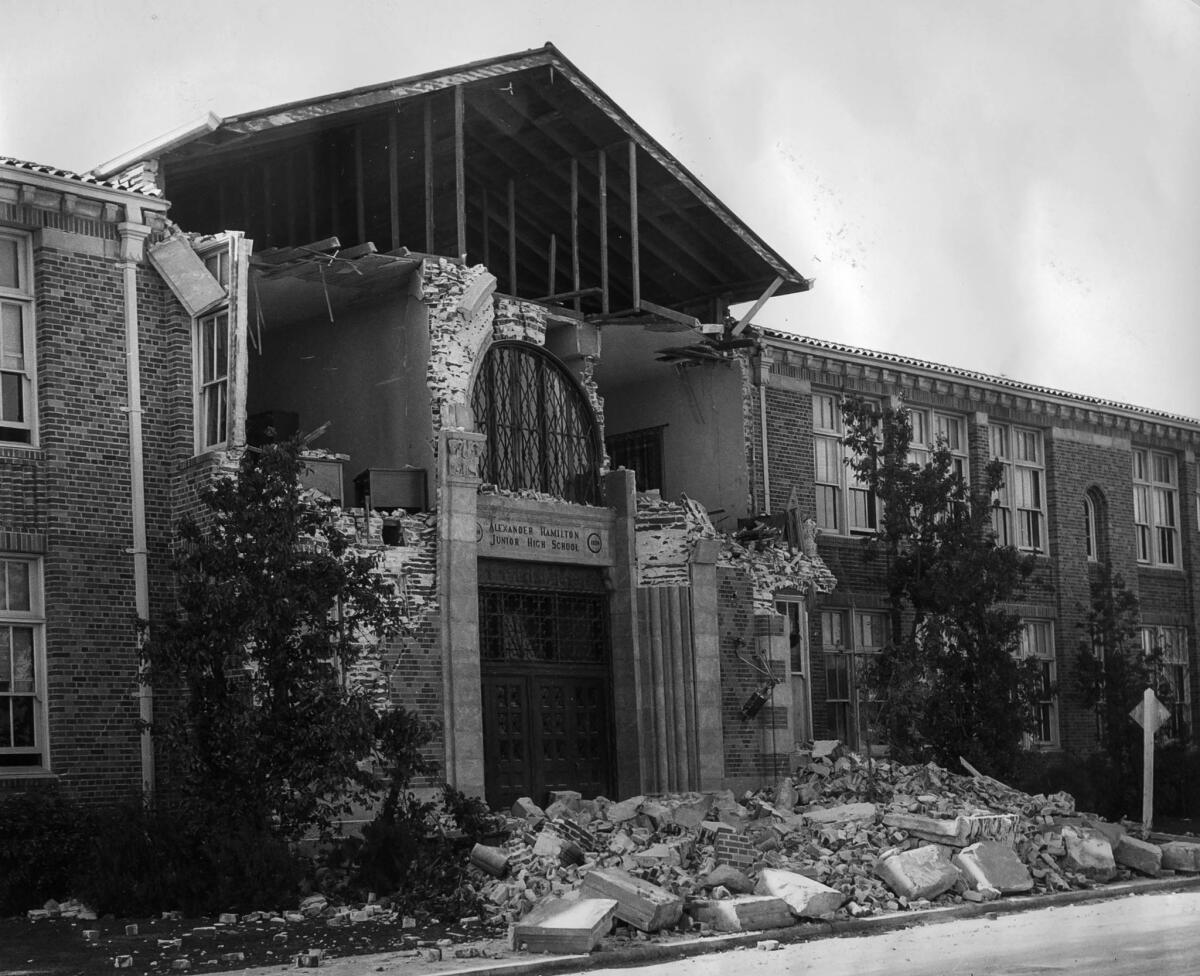
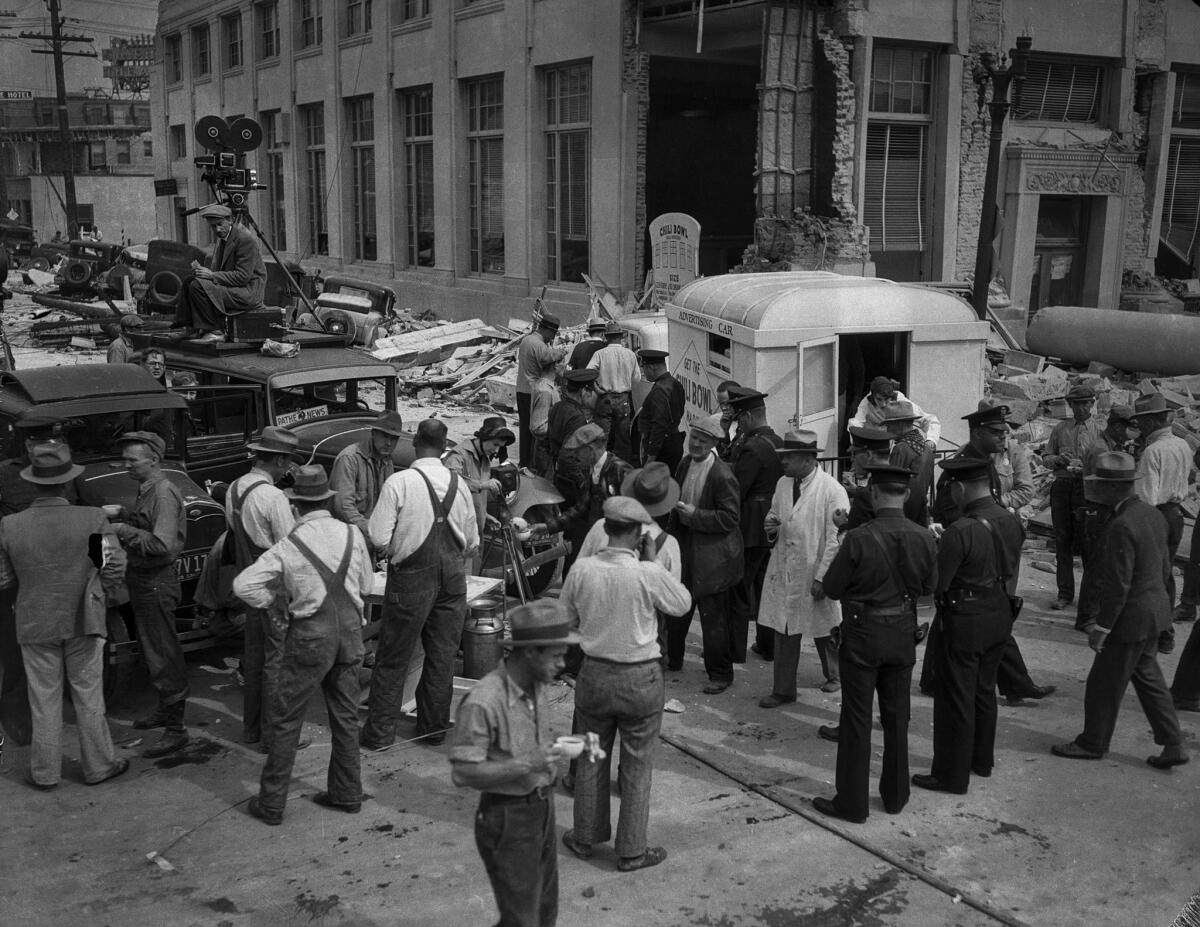
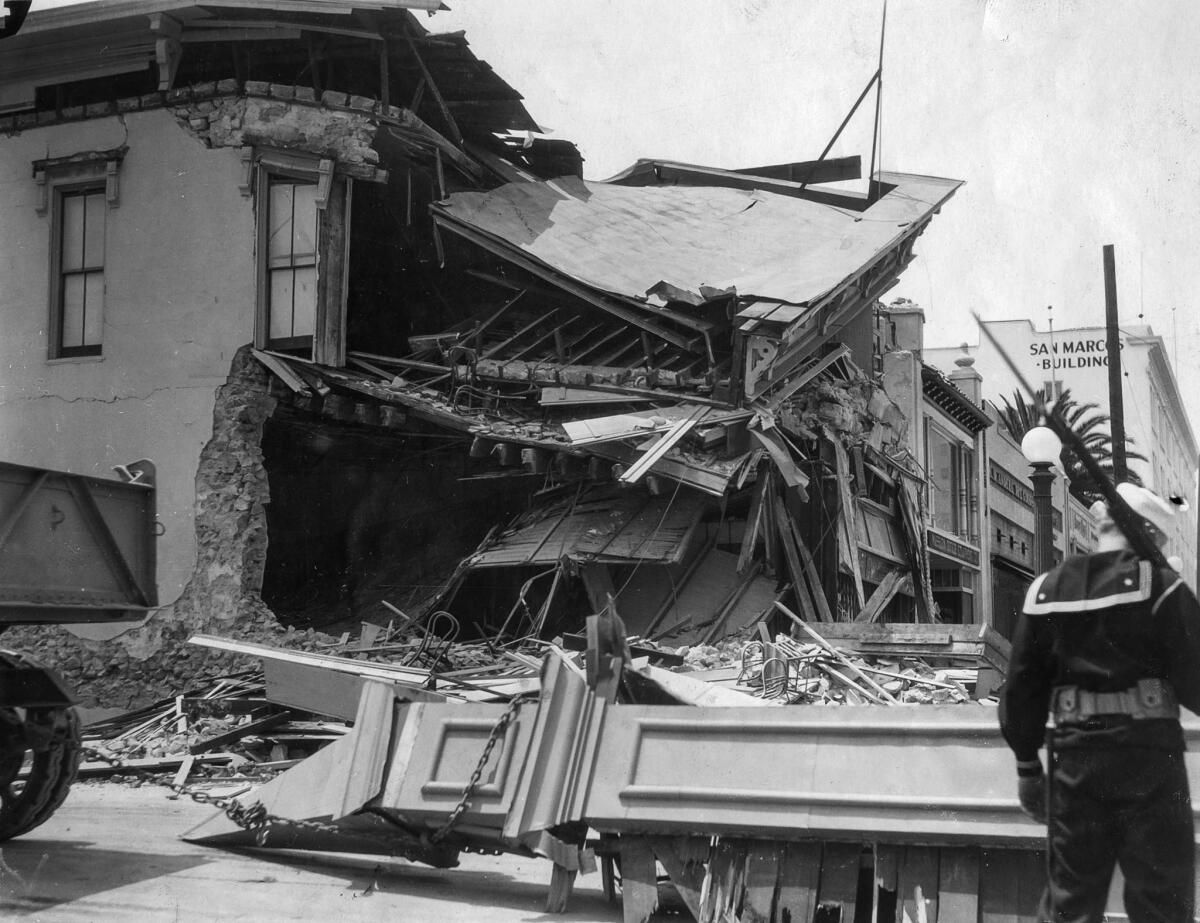
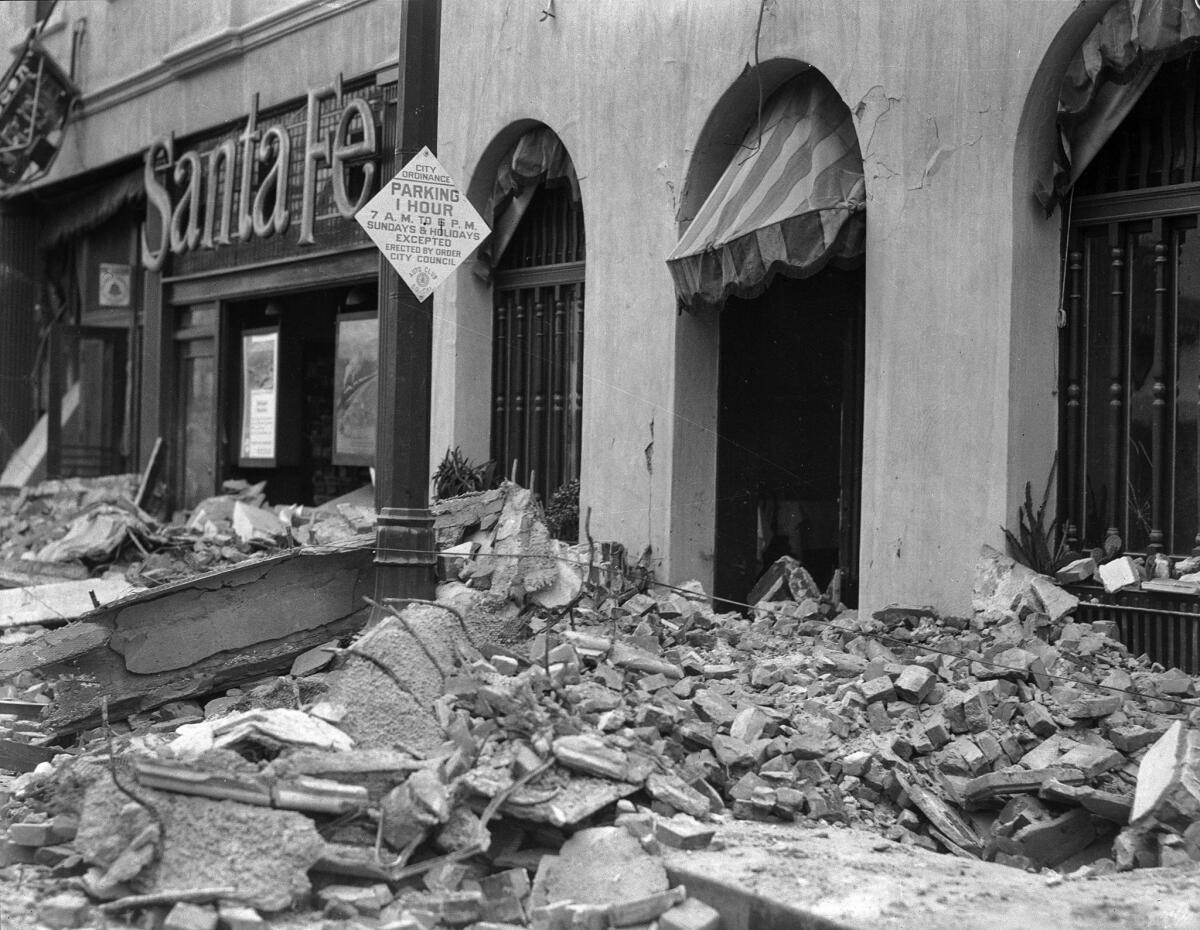
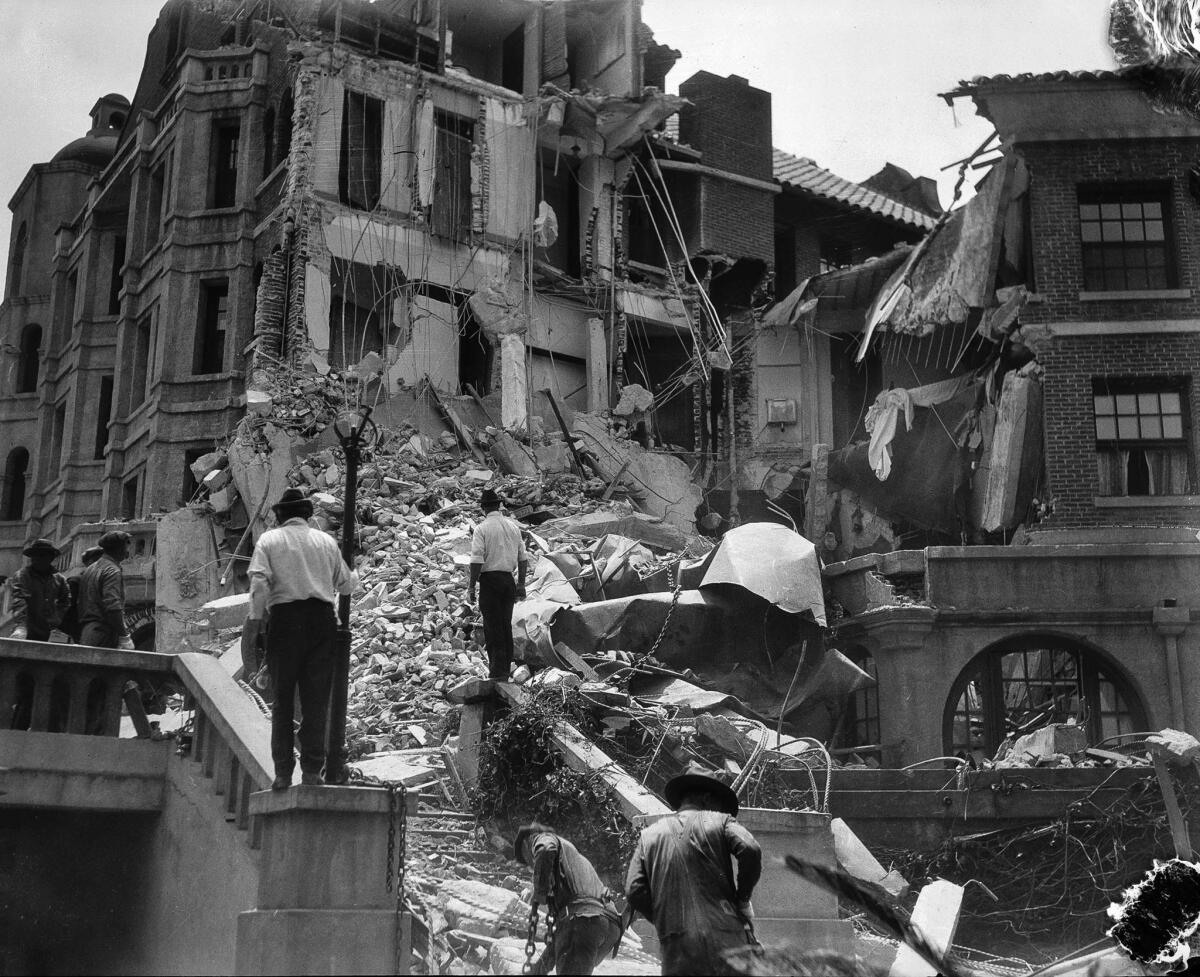
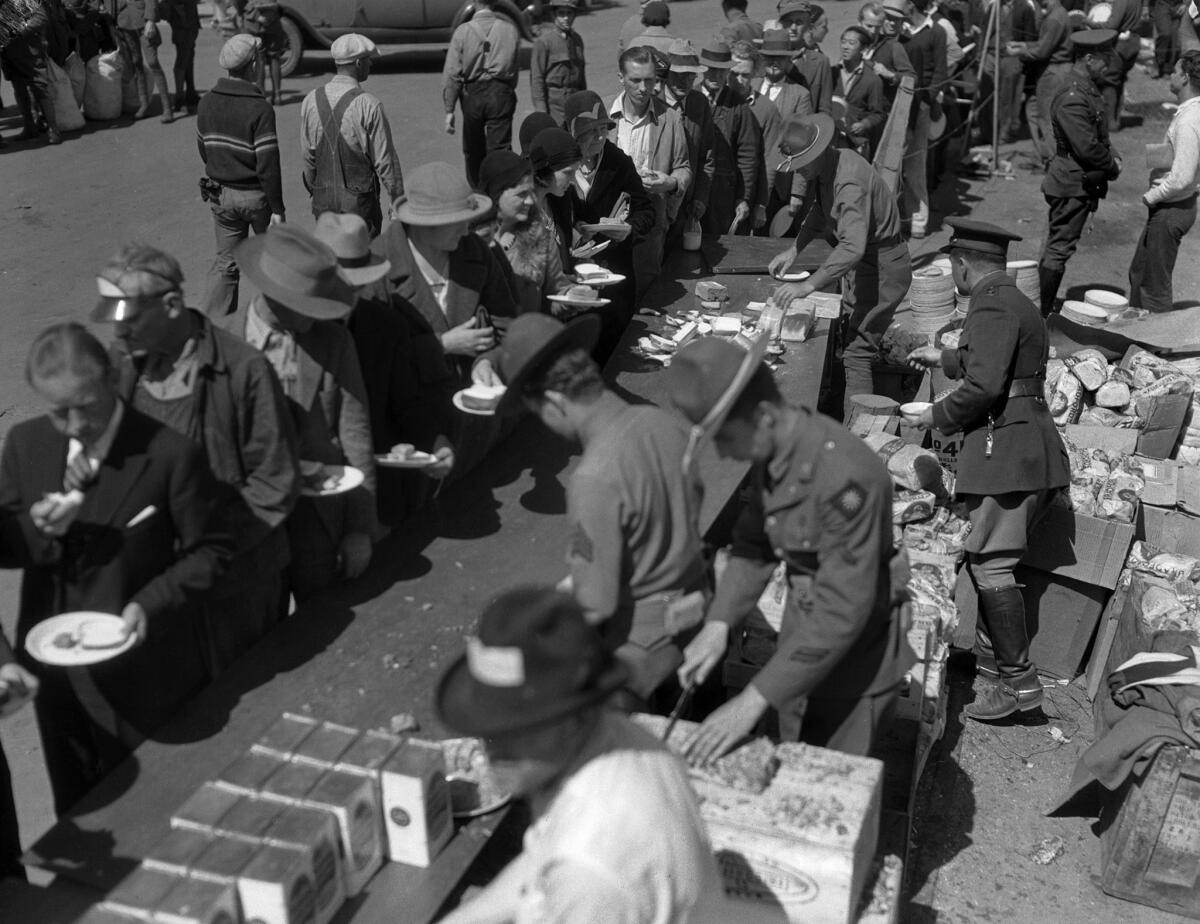
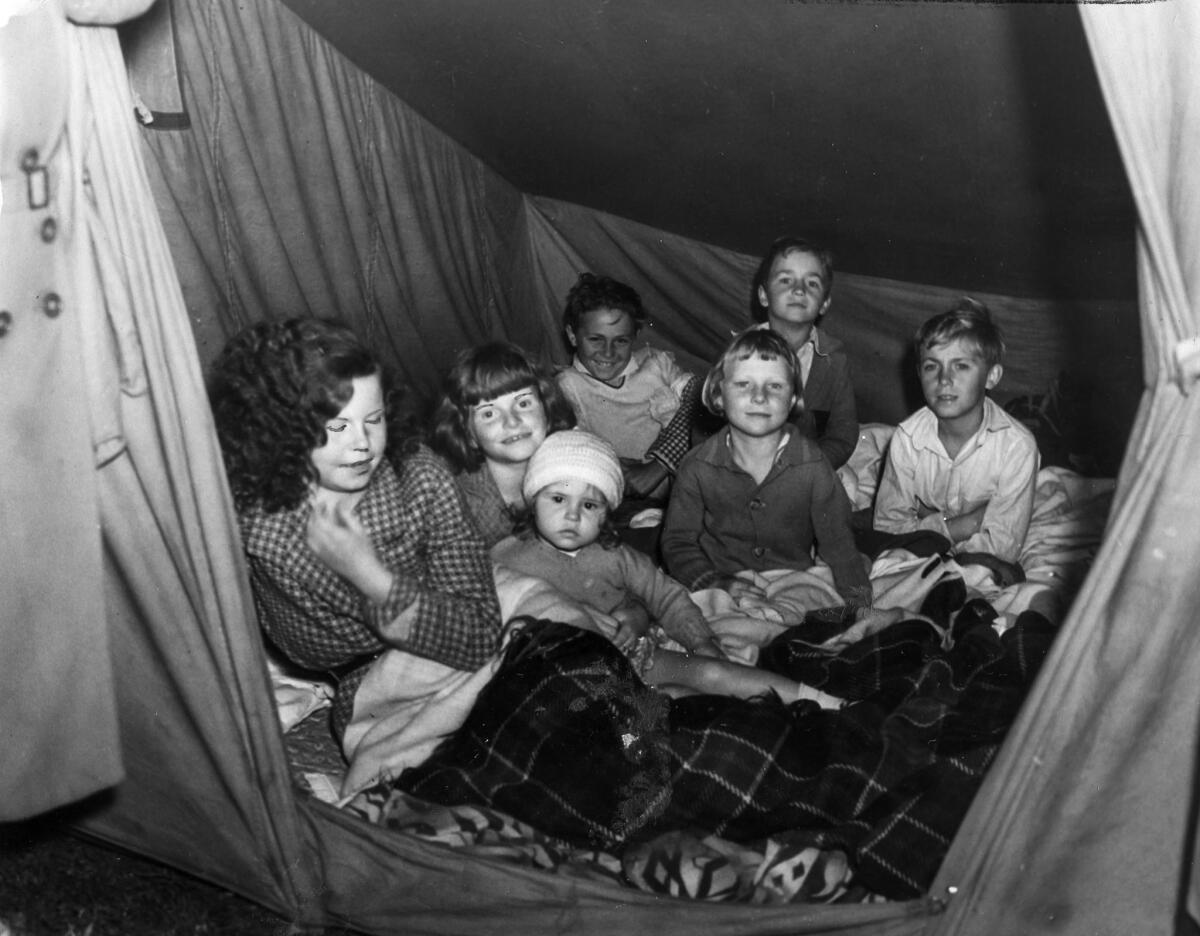

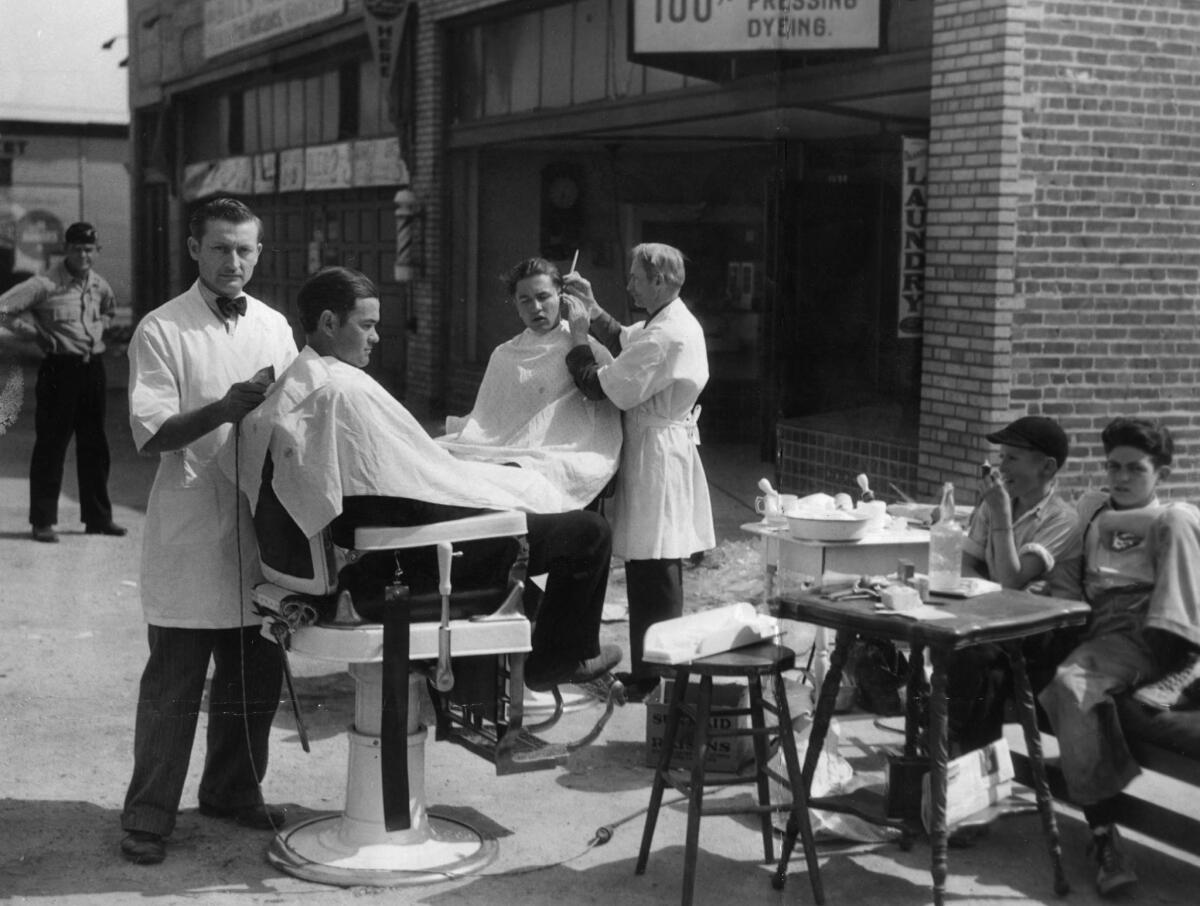
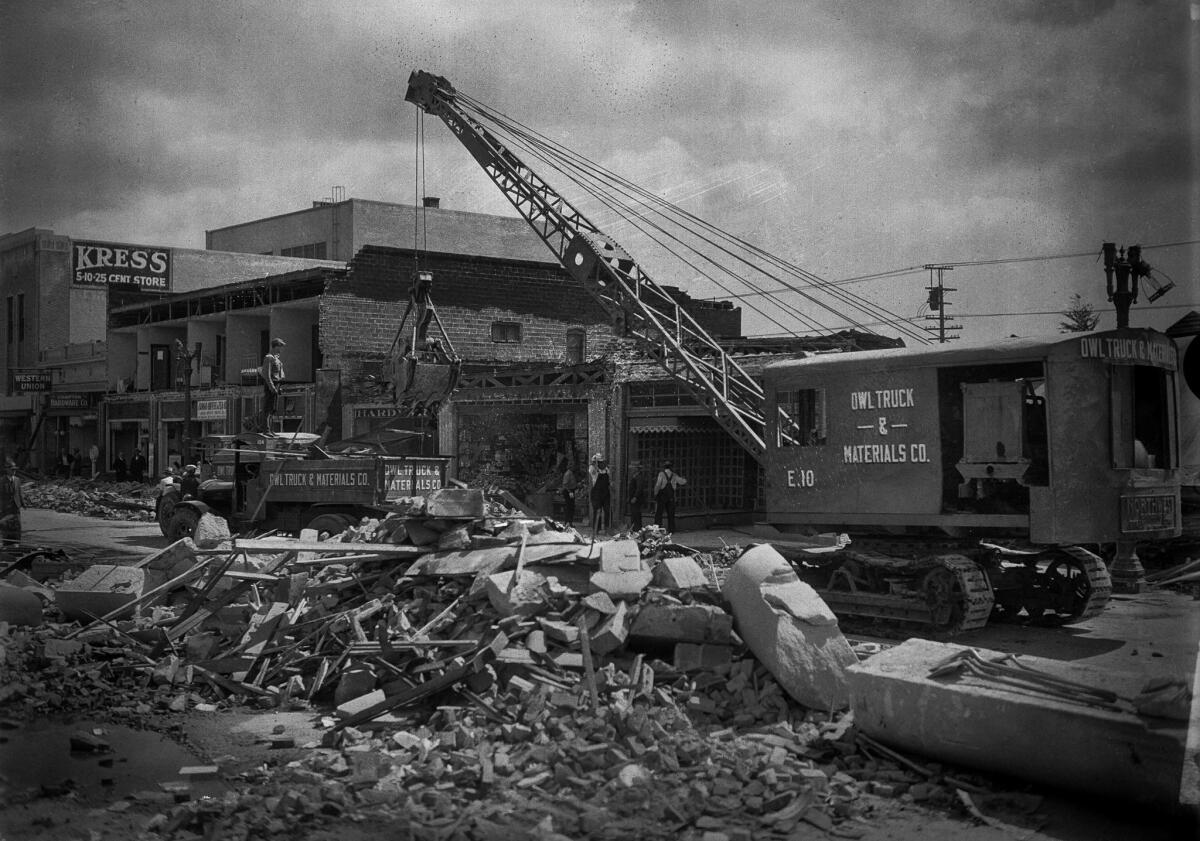
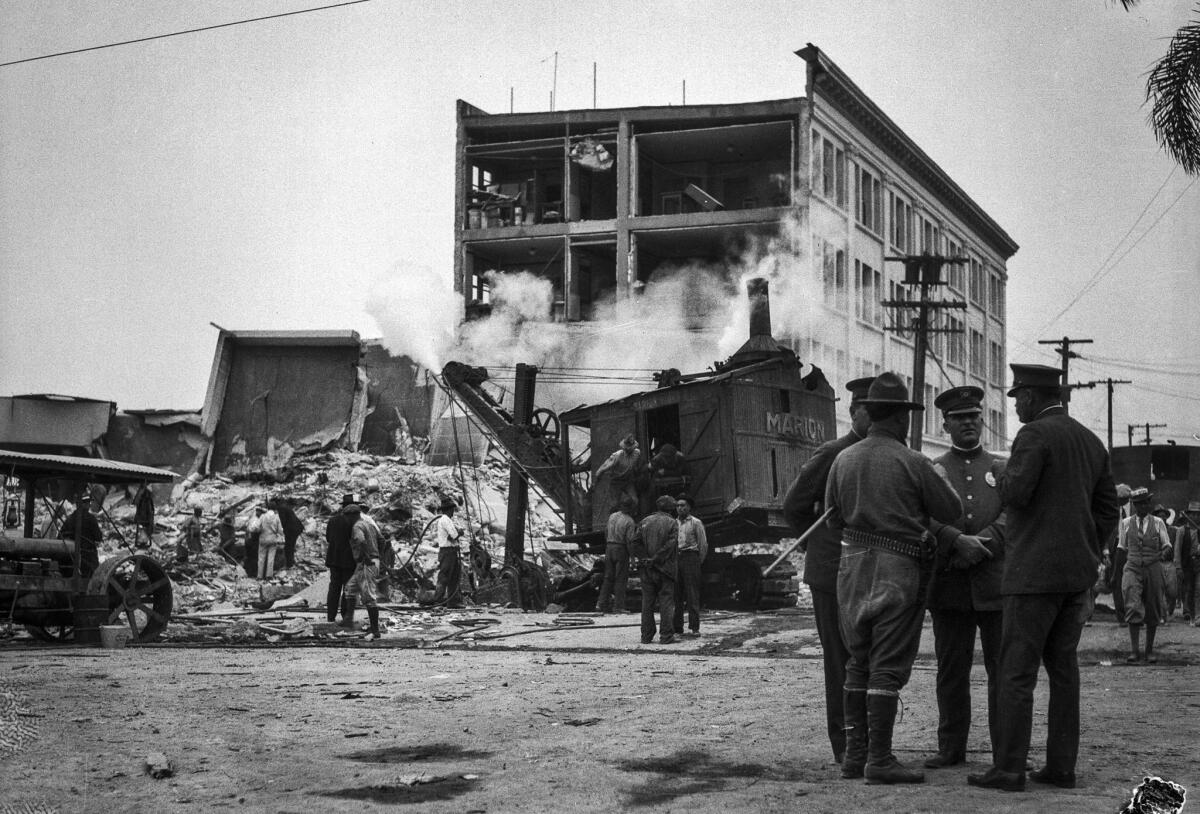
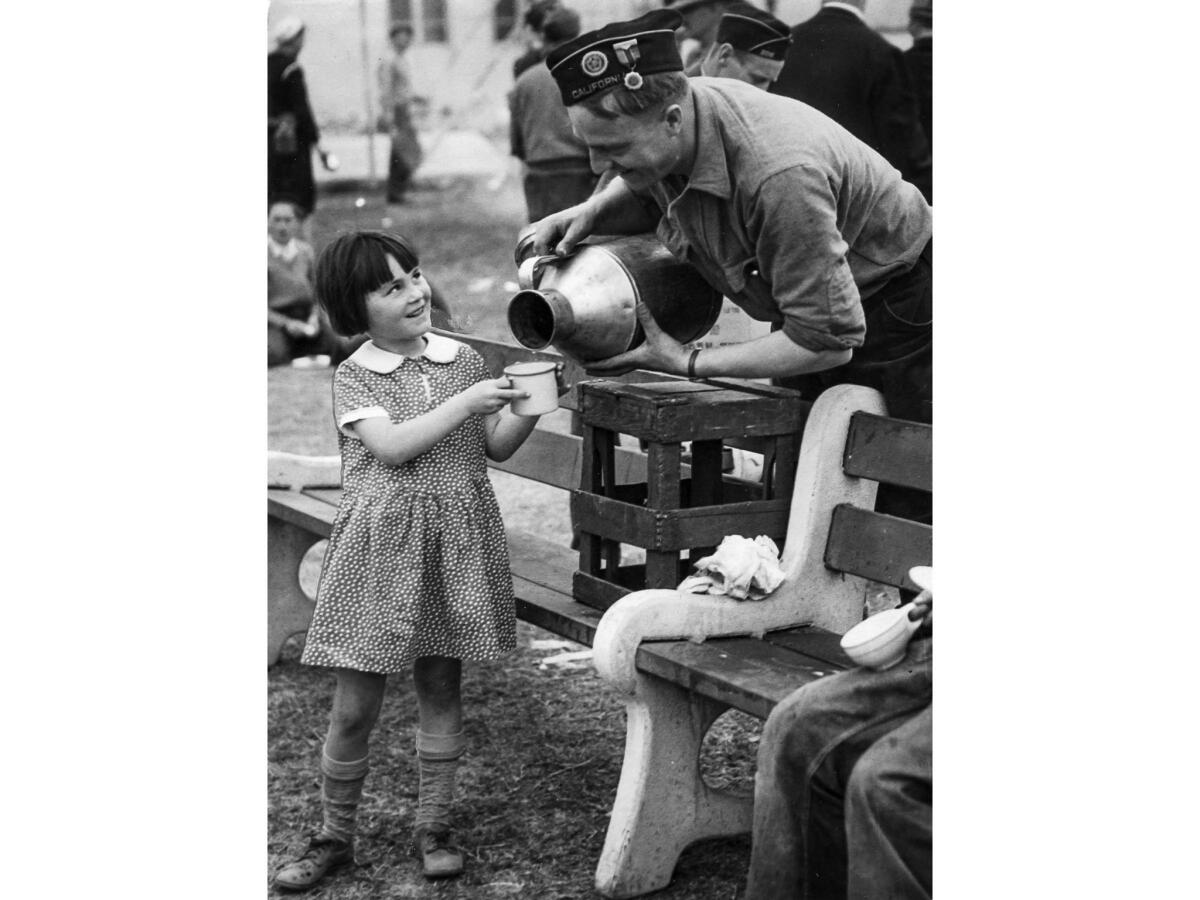
Sign up for Essential California
The most important California stories and recommendations in your inbox every morning.
You may occasionally receive promotional content from the Los Angeles Times.







